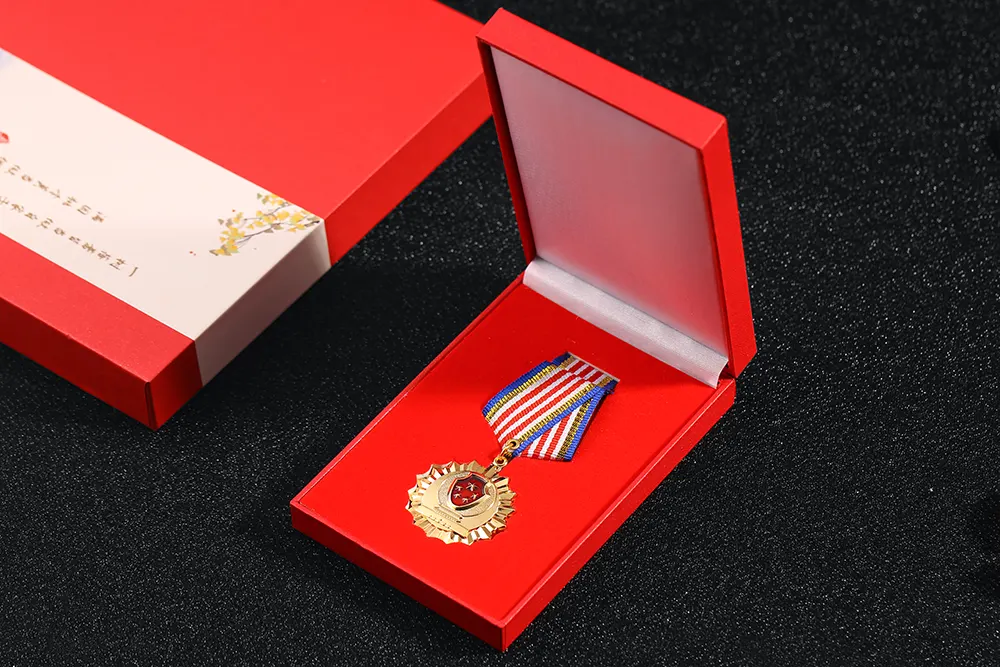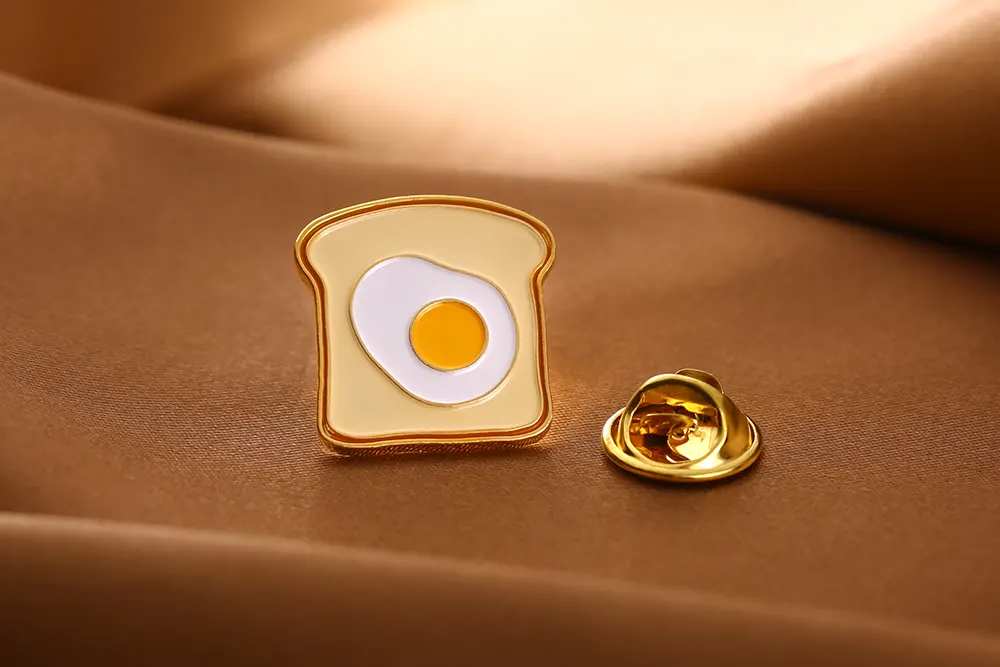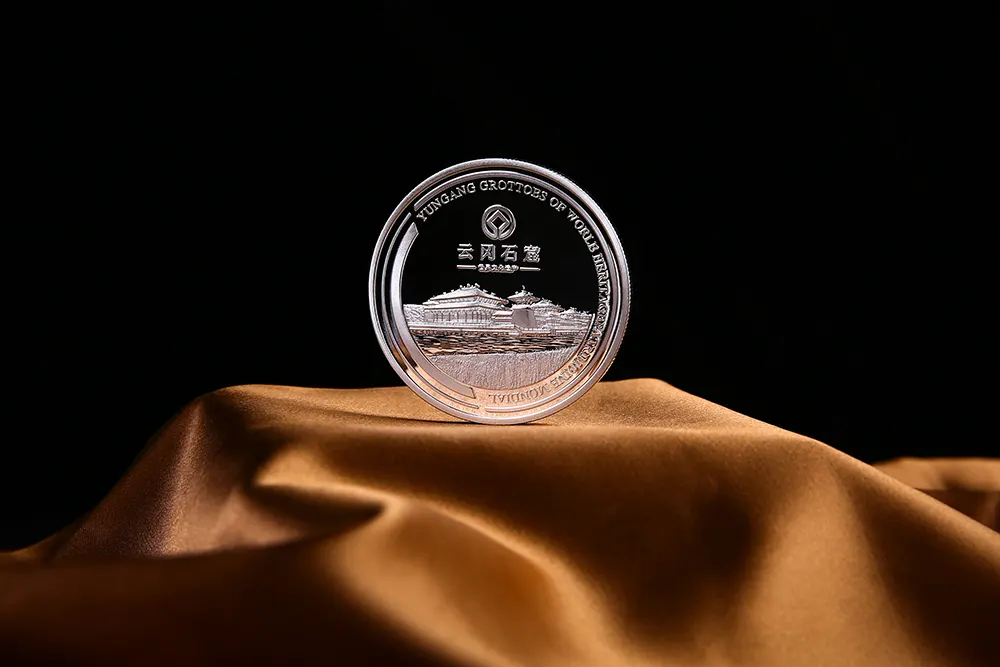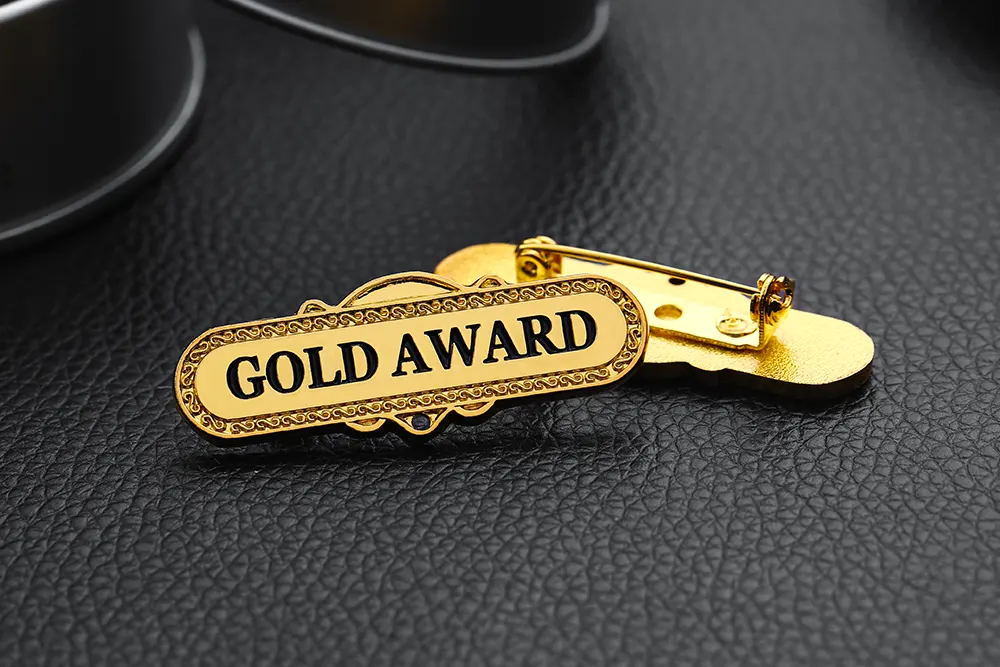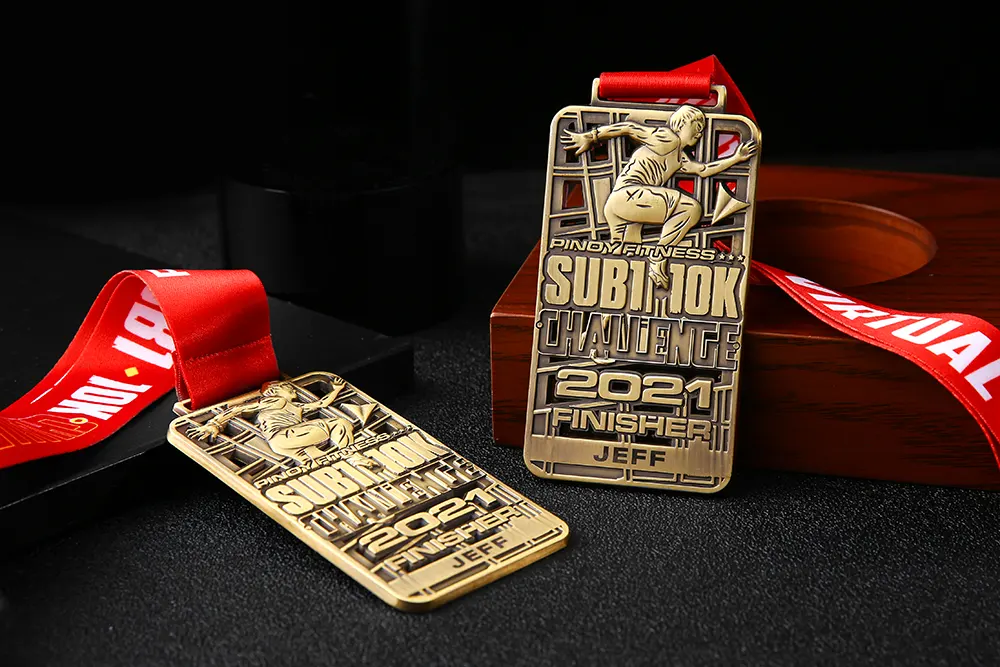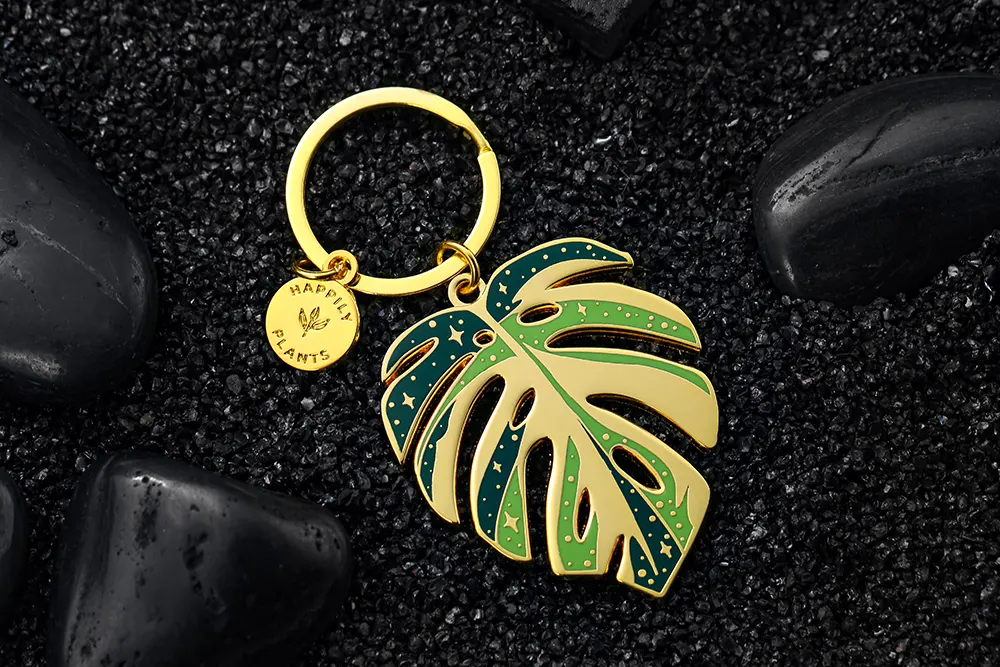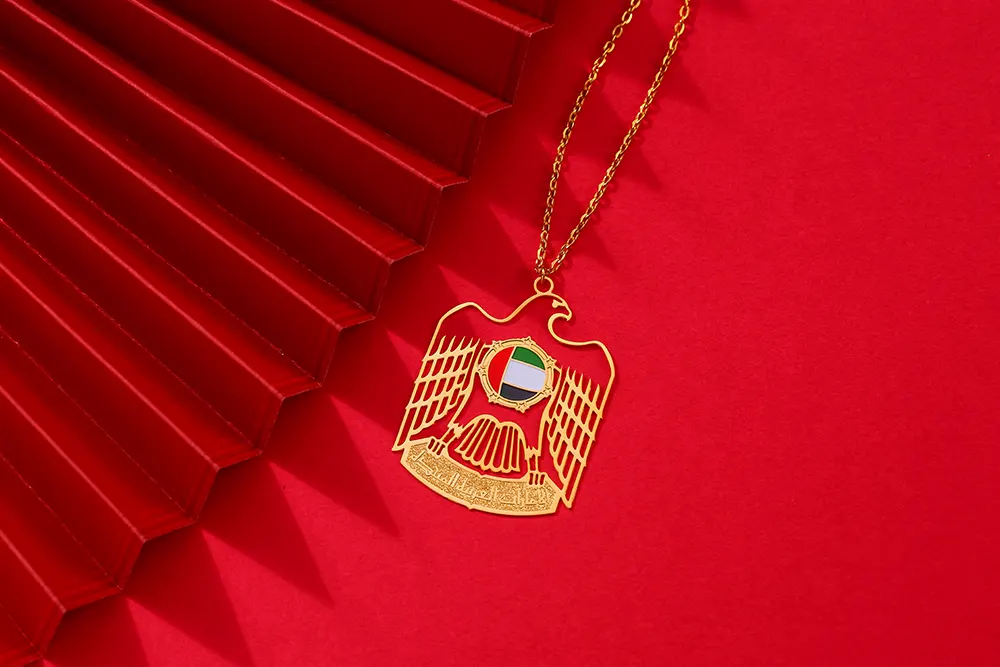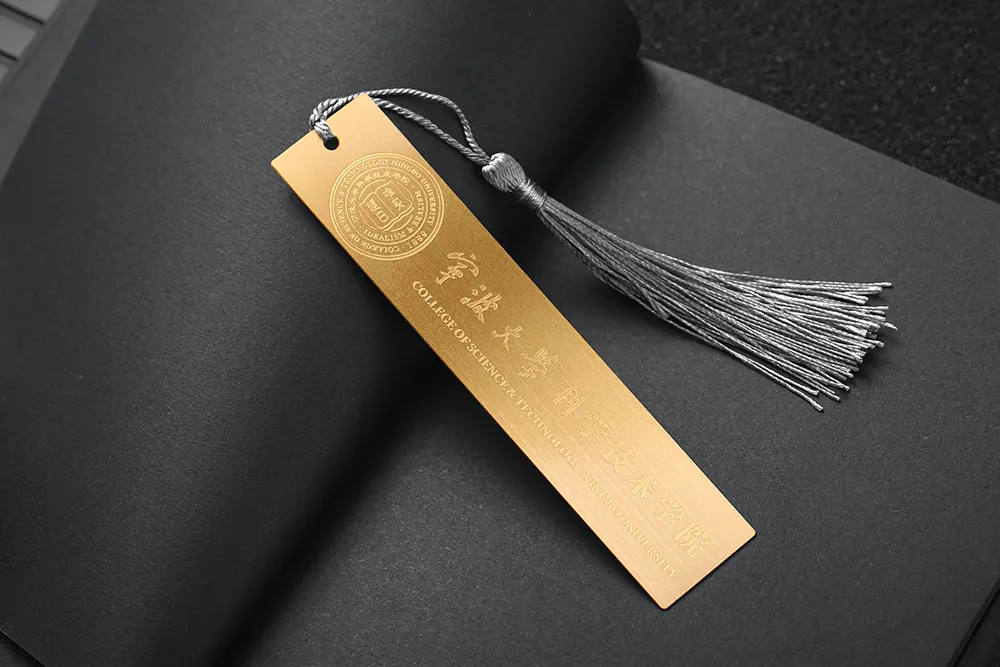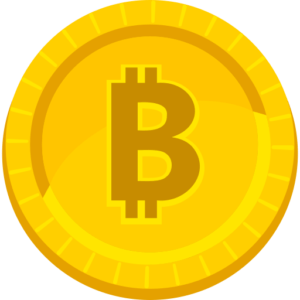Have you ever pulled a shiny new coin from your change and wondered, “Who actually made this?” It’s a simple question with a fascinating answer that spans history, advanced technology, and national pride. The journey from a raw metal blank to the coin in your hand is a precise and carefully guarded process.
From Ancient Mints to Modern Machines
The question of “who minted coins” takes us back thousands of years. Historically, the right to create currency was a sovereign power, vested in rulers and governments. Ancient civilizations, from the Lydians who created the first coins to the Romans with their sprawling empire, had official mints. The “who” was essentially the state, employing skilled artisans and metalworkers to hammer out coinage by hand, often stamping them with the face of a king or emperor to guarantee their value and origin.
So, Who Mints Coins Today?
In the modern era, the answer to “who mints coins” is typically a nation’s official mint. These are highly secure government-owned or authorized facilities that operate with the legal authority of the state. In the United States, that responsibility falls to the United States Mint, with its main production facilities in Philadelphia and Denver. Similarly, the United Kingdom has the Royal Mint, Canada has the Royal Canadian Mint, and so on. These institutions are the direct answer to “who makes coins” for general circulation. They are tasked with designing, producing, and distributing the nation’s coinage, ensuring it is secure, durable, and consistent.
A Glimpse Inside the Process
Creating a coin is a multi-stage marvel of engineering. It begins with artists and sculptors who create the designs. Then, large rolls of metal are blanked into plain discs. These blanks are cleaned and softened before going through the most critical stage: the stamping press. Here, enormous pressure—often hundreds of tons of force—imprints the intricate designs onto the blank using hardened steel dies. These dies are the “negative” of the coin’s image, and they are crafted with extreme precision. After striking, the coins are inspected, counted, and bagged for distribution to banks.
A Visit to the Denver Mint
I remember visiting the Denver Mint as a child, pressing my nose against the thick glass window overlooking the factory floor. The rhythmic clanking of the presses was deafening, a powerful symphony of industry. I watched as blank, silvery discs traveled along conveyor belts and were instantly transformed into recognizable pennies, nickels, and dimes. Seeing the automated arms swiftly moving finished coins into bins made the abstract idea of “who makes coins” wonderfully tangible. It wasn’t a mysterious “they”; it was a precise, orchestrated dance of people and machines, all working to create the everyday objects we so often take for granted. It gave me a lasting appreciation for the craft behind our currency.
More Than Just Pocket Change
While national mints produce circulating currency, they also have other roles. Many mints create commemorative coins, bullion coins for investors (like the American Silver Eagle), and medals. The expertise required for this work—in metallurgy, engraving, and security—makes mints centers of innovation. They continuously develop new methods, such as using bi-metallic coins and micro-engraved security features, to stay ahead of counterfeiters.
So, the next time you jingle some coins in your pocket, remember the rich history and sophisticated operation behind them. The answer to “who makes coins” is a blend of national authority, artistic talent, and engineering excellence, all working together to mint the foundation of our daily transactions.
















